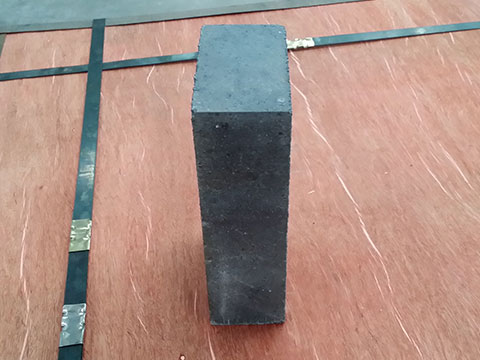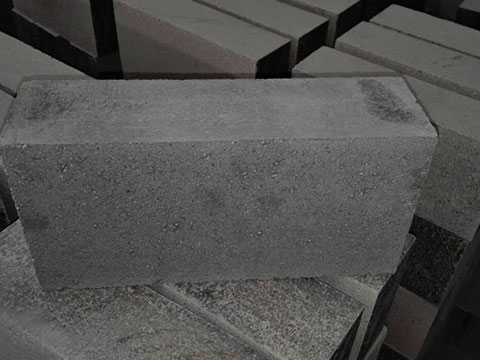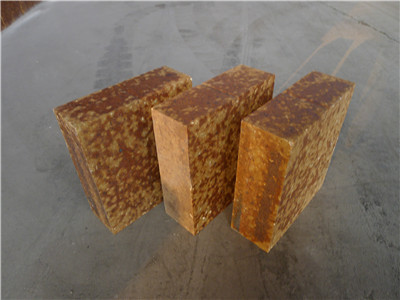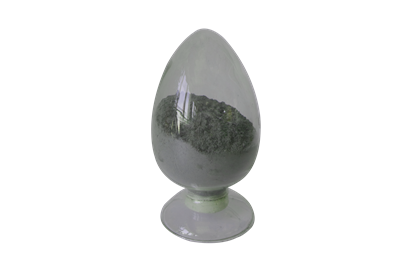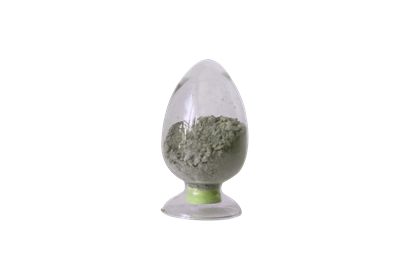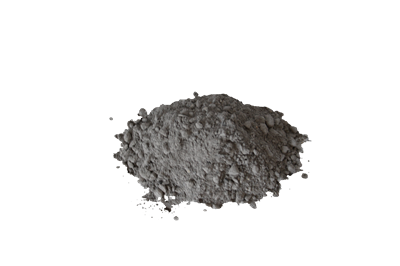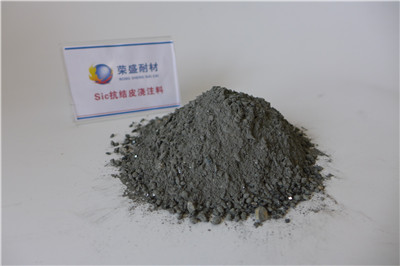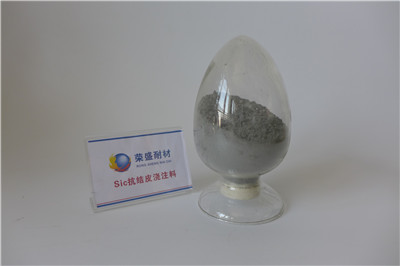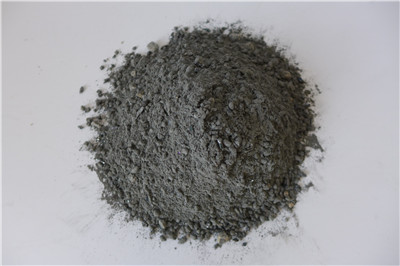High Zirconia Blocks
High Zirconia Blocks Description
High zirconia blocks are also called pure zircon bricks, their principle crystalline phase is zircon. Raw material of high zirconia block is zircon sand, with about 90% of zircon by weight. Zircon fine ore has very small granularity, so is not suitable to produce refractory bricks directly. To make coarse granule pure zircon firebricks, zircon fine ore should be pre-sintered or fused into zircon clinker. After sintering, the density of zircon fine ore is increased, bulk density can reach to 3.5g/cm3.
High Zirconia Blocks Characteristics
The weight percent of ZrO2 in pure zircon refractory is about 65%. High zirconia block is almost completely consisted of zircon crystals, only a little amount of glass phase and free ZrO2 appears in it. The true density of high zirconia blocks is about 4.55g/cm3, max. 4.62g/cm3. Ordinary zirconia block’s bulk density is between 3.6~3.8g/cm3, apparent porosity is higher than 13%. Dense zirconia brick’s bulk density is between 3.8~4.0g/cm3, apparent porosity is about 5%. High dense zirconia brick’s bulk density is larger than 4.0g/cm3, apparent porosity is less than 1.0%.
High zirconia blocks have very high viscosity even in high temperature, so its refractoriness is high, usually higher than 1825℃. The cold crushing strength of high zirconia bricks is between 100~430Mpa, modulus of rupture can reach to 17.8~76.3Mpa, refractoriness under load(RUL) is higher than 1650℃. With the reduce of mineralizer quantity and the increasement of sintering temperature, RUL can reach to 1750℃. So high zirconia bricks is a high grade firebricks which can resist high temperature load action and mechanical abrasion.
Zircon has low thermal expansion rate, so high temperature sintered zirconia blocks or fused cast zirconia blocks has good volume stability. From room temperature to 1400℃, its thermal expansion rate is only 0.5%. Refiring for 2 hours at 1500℃, residual shrinkage rate is only 0.04%~0.20%.
High dense zircon refractory will have lower thermal shock resistance if there is no corase granules. But if it is composed of multi-granularity particles, thermal shock resistance will be significantly improved.
High zirconia blocks have good resistance to molten metals & molten slag corrosion and permeation. High dense zirconia refractory has more better performance, for example, the extent of basic molten slag corrosion is only 1/3 of mullite refractory.
Fused high zirconia blocks have the characteristics of high corrosion resistance, low foaming rate and stone rate, almost no pollution to the glass liquid.
High Zirconia Blocks Physiochemical Index
| Item | RS-G88 | RS-G95 | ||
| Chemical Composition % | ZrO2 | ≥ | 89 | 93.6 |
| SiO2 | ≤ | 9 | 5.3 | |
| Al2O3 | ≤ | 1 | 1 | |
| Na2O | ≤ | 0.05 | 0.51 | |
| Others | ≤ | 1.6 | 1 | |
| Physical Properties | Cold Crushing Strength (MPa) | ≥ | 400 | 400 |
| True Density (g/cm³) | Typical | 5.1 | 5.3 | |
| Liner Thermal Expansion (%) | 1000℃ | 0.65 | 0.7 | |
| 1500℃ | 0.1 | 0.3 | ||
High Zirconia Blocks Application
Zircon refractory are mainly used in continuous casting ladle inner lining and other parts where suffers severe molten slag corrosion. High zirconia blocks are also used for the masonry of copper and aluminum smelting furnaces casting nozzles. Besides, high zirconia blocks can also be used in glass kilns, where contacts with glass liquid directly and upper structure, as well as separation bricks between fused cast zirconia corundum bricks and silica bricks. Fused high zirconia blocks are suitable for various glass furnaces, especially high quality glass furnaces and special glass furnaces, such as glass bath wall, throat, electrode bricks and so on.
